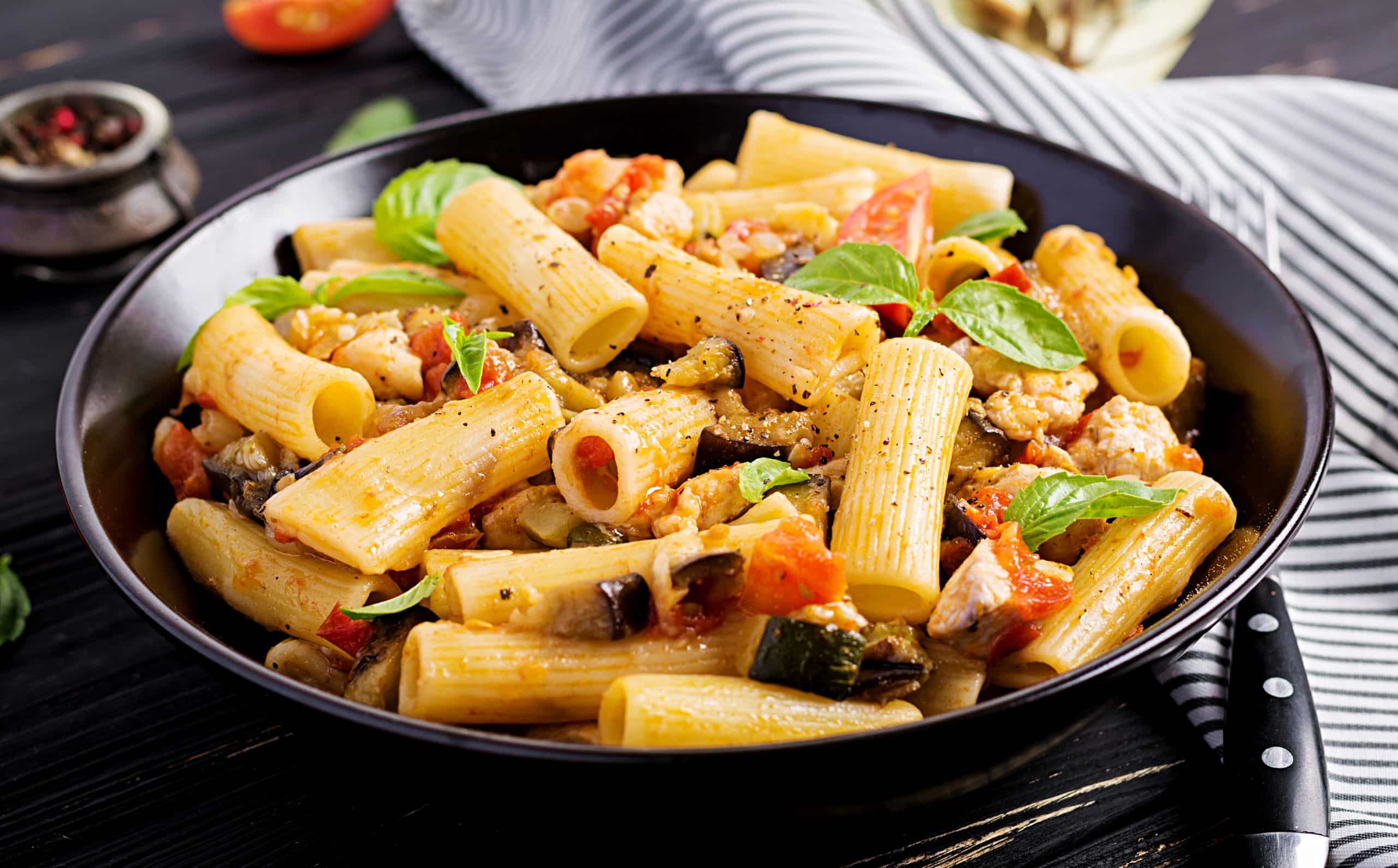How to Master the Art of Thai Green Curry with the Right Balance of Spices?

Thai food has become a globally loved cuisine, with its unique blend of flavors, spices, and ingredients. One of its most famous dishes is the Thai green curry. This dish is a sensory delight, with its richly textured, aromatic curry paste, tender chicken, and velvety coconut milk. It is also layered with a complex range of tastes ranging from sweet, salty, spicy, and sour. The art of cooking Thai green curry is about achieving this perfect balance of flavors. This article will guide you on how to master the art of Thai green curry with the right balance of spices.
The Key Ingredients of Thai Green Curry
Understanding the key ingredients in Thai green curry is the first step to mastering the art of cooking this dish. The core ingredients are Thai green curry paste, chicken, and coconut milk.
A lire également : What’s the Secret to a Succulent Brazilian Picanha Steak with Farofa Topping?
Thai Green Curry Paste
This paste is the backbone of the curry. It imbues the dish with a vibrant green shade and is made from green chilies, which impart a fiery heat. Other ingredients include shallots, lemongrass, garlic, cilantro roots, kaffir lime rind, and galangal – a relative of ginger with a sharper taste.
Chicken
Chicken is the most commonly used protein in Thai green curry. The chicken is cooked until it is tender and has soaked up the flavorful curry.
A voir aussi : How Can You Prepare a Gourmet Spanish Churros with Thick Chocolate Dipping Sauce?
Coconut Milk
Coconut milk adds a creamy, luxurious texture to the curry. It also helps to balance the heat from the green chilies.
Cooking the Thai Green Curry to Perfection
Now that you are familiar with the key ingredients, let’s dive into the cooking process.
Preparing the Green Curry Paste
The first step is to prepare the green curry paste. Start by blending the green chilies, shallots, lemongrass, garlic, cilantro roots, kaffir lime rind, and galangal in a food processor until it forms a smooth paste.
Cooking the Chicken
Next, heat some oil in a wok or large frying pan. Add the green curry paste and stir-fry it for a few minutes until it releases its aroma. Then, add the chicken pieces and stir to coat them in the paste. Cook until the chicken turns white.
Adding the Coconut Milk and Other Ingredients
After the chicken is cooked, add the coconut milk, stir well, and bring the curry to a gentle simmer. Then, add other ingredients like Thai eggplants, kaffir lime leaves, and Thai basil. These add extra layers of flavor and texture to the curry.
Adjusting the Flavor of Thai Green Curry
Achieving the right balance of flavors is crucial in Thai cuisine, and Thai green curry is no exception. You will need to adjust the taste as you cook.
Using Lime for Sourness
Adding lime juice is a great way to introduce a tangy sourness that cuts through the creaminess of the coconut milk.
Adding Fish Sauce for Saltiness
Fish sauce provides the salty component. It’s a staple in Thai cooking and adds an umami depth to the dish.
Sweetening with Palm Sugar
Palm sugar is used to counteract the heat from the chilies and the sourness from the lime. It adds a subtle sweetness that rounds off the flavors beautifully.
Red Curry Vs. Green Curry: What’s the Difference?
This is a common question for curry enthusiasts. The main difference lies in the type of chilies used. Red curry uses dried red chilies, while green curry uses fresh green chilies. This results in a color difference, but it also affects the heat level and flavor profile. Green curry is typically hotter and has a sharper, more vibrant taste compared to red curry, which is milder and slightly sweeter.
Understanding these differences can help you choose which curry is best suited to your taste preference. But whichever you choose, remember that the essence of Thai cooking lies in the harmony of flavors. So, take the time to taste and adjust the seasoning until you achieve the perfect balance. Happy cooking!
The Authentic Thai Green Curry Recipe
For an authentic Thai green curry recipe, let’s start from scratch. The curry paste, as mentioned earlier, is the soul of the green curry. For a twist, you can add shrimp paste to the mix of ingredients. Shrimp paste adds a distinct flavor and aroma that is quintessential to Thai cooking.
To make your curry more fragitive, use Thai sweet basil instead of regular basil. Thai sweet basil has a licorice-like flavor that imparts a distinctive taste that is both sweet and a little bit spicy.
The use of kaffir lime leaves is also important in Thai green curry. They add a unique citrusy flavor that nothing else can replicate. But remember, don’t eat them! They are added for flavoring and should be removed before serving.
The fundamental rule of Thai green curry is to create harmony among the tastes. The sweetness from palm sugar, the sourness from lime, the heat from green chilies, the saltiness from fish sauce, and the creaminess from coconut milk should all balance each other. You know you have achieved the perfect Thai green curry when no single flavor overpowers another.
Creating Variations of Thai Green Curry
Variations of Thai green curry can be made to suit your preferred taste or dietary needs. For instance, if you are vegetarian, tofu can be a great substitute for the chicken. You can also add a variety of vegetables such as bell peppers, zucchini, and bamboo shoots for added nutrition and flavor.
If you prefer a less spicy version, you can adjust the amount of green chilies in your curry paste. Or if you like it creamier, you can add more coconut milk or try mixing in some coconut cream for a richer flavor.
If you are a seafood lover, try making Thai green curry with shrimp or fish. The delicate flavors of seafood can be a great match with the spicy and aromatic green curry.
Remember, the key to a good Thai curry is not in the specific ingredients, but in the balance of flavors. So feel free to experiment with different ingredients and adjust the spices to your liking.
Conclusion: Mastering the Art of Thai Green Curry
Mastering the art of Thai green curry may seem daunting at first, but with patience and practice, you will soon be able to whip up this dish with confidence. The trick is to understand the balance of flavors – the mix of sweet, salty, spicy, and sour – and how to achieve it with the right combination of ingredients.
Remember, the star of the dish is the green curry paste, made from fresh green chillies and a variety of other aromatic herbs and spices. The coconut milk brings creaminess and tempers the heat of the chilies, while the fish sauce and lime leaves add depth and complexity to the flavors.
Whether you stick to the authentic Thai green curry recipe or create your own variations, the most important thing is to enjoy the process of cooking and the delicious result. After all, cooking is an art, and like any art form, it requires passion, creativity, and a willingness to experiment. So roll up your sleeves, fire up the stove, and start your culinary adventure in Thai cuisine. Enjoy the journey!
